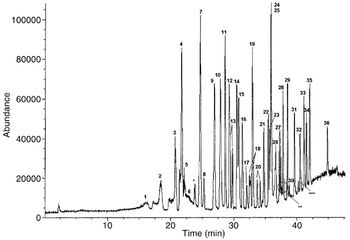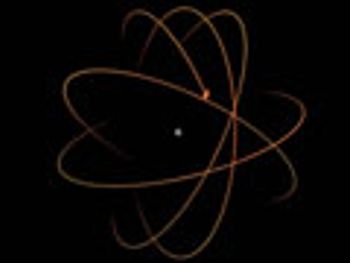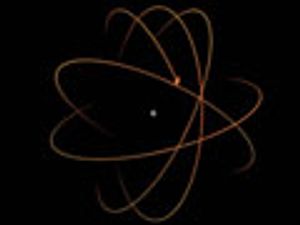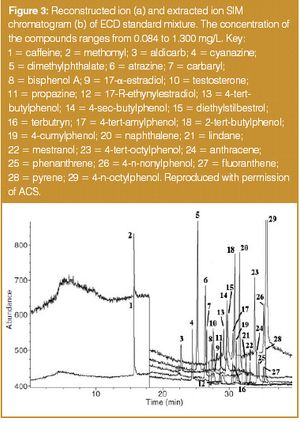
This article describes the operating principles of the direct-electron ionization (EI) interface, which is becoming more popular in many LC–MS applications. Matrix effects and the role of direct-EI as a universal detector for small molecule analysis are also discussed in detail. The advantages and drawbacks of this approach are described and a comparison with atmospheric pressure ionization (API) interfaces is made. The potential of direct-EI is illustrated with a selection of practical applications.





